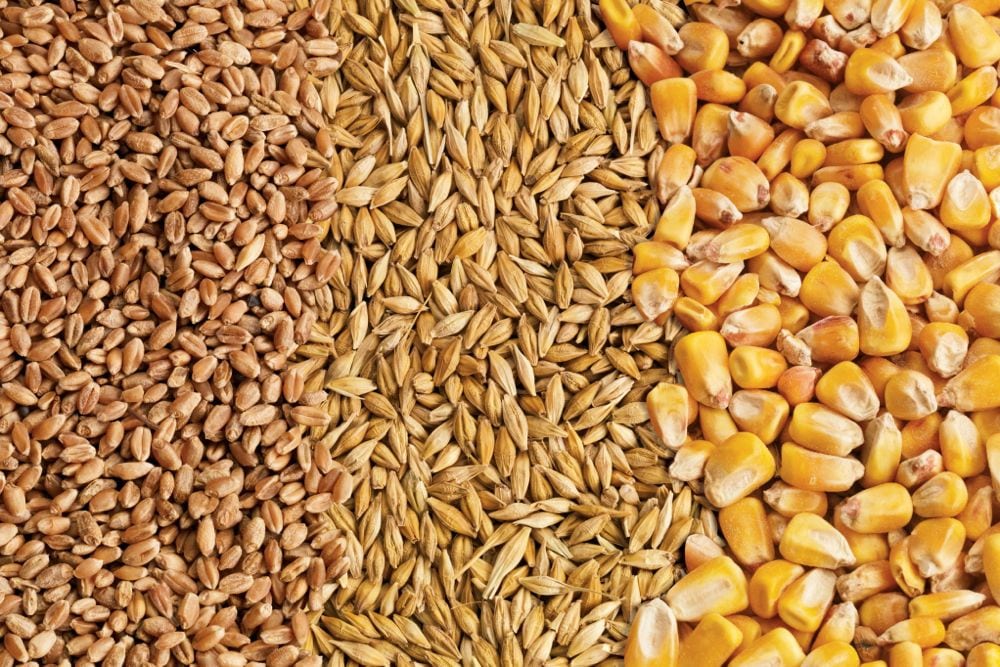Canada’s two main railways can thank rising fuel prices for a revision in the math that decides how much revenue they get to keep from handling Prairie grain.
The Canadian Transportation Agency on Friday approved a seven per cent increase to 1.1384 in the volume-related composite price index (VRCPI), a figure used to calculate the cap on western grain rail freight revenue, for the 2010-11 crop year starting Aug. 1.
“Over the last few crop years this index has seen significant fluctuations as a result of changing fuel prices,” the CTA noted in its release.
Read Also

Feed Grain Weekly: Prices starting to pick up
Prices for feed grain are “grinding higher” said Evan Peterson, trader with JGL Commodities in Saskatoon.
The figure had been revised down 7.4 per cent in April 2009 to 1.0638 for 2009-10 due to decreasing fuel prices — following an eight per cent increase the previous year due to higher fuel prices.
The VRCPI is an inflation factor that reflects forecasted changes in Canadian National Railway (CN) and Canadian Pacific Railway’s (CP) costs for labour, fuel, material and capital purchases.
The figure is set each year following the CTA’s consultations with the railways, farmer groups, the Canadian Wheat Board, shipper organizations, grain companies, and various federal, provincial and municipal government departments.
The index, which must be set each year by the end of April, is one factor in the CTA’s revenue caps on CN and CP. Each railways can set its own rates for grain freight as long as its total grain revenue each year is below its cap.
It’s now up to the CTA to determine, as it does every year, each railway company’s annual Prairie grain revenue and whether or not each cap has been exceeded by the railway.
The caps apply to the movement of grain from Prairie elevators or from U.S. origins to terminals at Vancouver, Prince Rupert, B.C., Thunder Bay, Ont. and Churchill, Man. They also apply to CN’s and CP’s movements of grain bound for Eastern Canada, up to either Thunder Bay or the CN station about 250 km north of the city at Armstrong, Ont.
If the agency rules one or both of the railways’ annual revenue from handling Prairie grain has exceeded its cap in a given crop year, the railway has 30 days to pay the excess amount plus a five per cent penalty to the Western Grains Research Foundation.
















